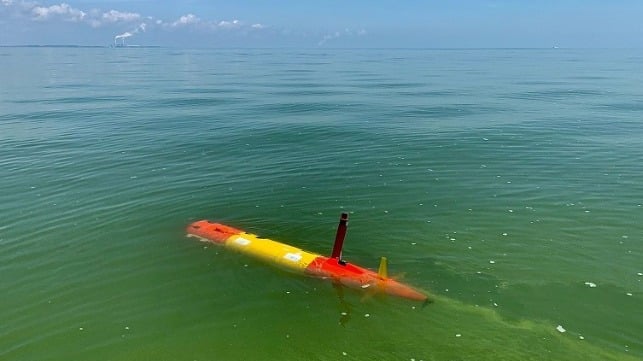NOAA Funds New Research on Costly and Toxic Algal Blooms

NOAA is announcing $15.2 million in funding for harmful algal bloom (HAB) research projects throughout U.S. coastal and Great Lakes waters. Algal blooms can produce toxins or cause other harmful effects that can damage ecosystems, disrupt our seafood supply, impact economies, and threaten human health. Marine and fresh waters of the United States are increasingly impacted by HABs with blooms reported in nearly every state. They cause annual economic losses up to $100 million on average and costs from a single major HAB event can reach tens of millions of dollars.
NOAA’s National Centers for Coastal Ocean Science (NCCOS) is allocating $12.4 million for harmful algal bloom research. Funded projects will optimize early warning of shellfish-killing algae; enhance detection of toxins; test the use of control methods in marine and freshwater; improve forecasts; and investigate the social and economic impacts.
“New projects will begin in Florida, Louisiana, Ohio and Washington to investigate the effectiveness of clay dispersal as a technology to control Karenia brevis blooms in the coastal environment of Southwest Florida; enhance the freshwater HAB toxin detection capabilities of autonomous underwater vehicles; and optimize an early warning system to support the mitigation of shellfish-killing HAB toxins in the Pacific Northwest," said David Kidwell, NOAA NCCOS Competitive Research Program director.
NOAA’s U.S. Integrated Ocean Observing System Office (IOOS) is also allocating $2.8 million for National Harmful Algal Bloom Observing Network’s activities to support detection, forecasting, and monitoring.
“Projects funded this year cover most of the U.S. continental coast, including the Great Lakes, and Alaska. These have been developed by the IOOS Regional Associations in partnership with local communities and research institutions to address known needs and coverage gaps in their region,” said Carl C. Gouldman, Director, U.S. IOOS Office.
The Gulf of Mexico testbed is a first of its kind effort to develop capacity to improve detection and forecasting of harmful algal bloom species such as Karenia brevis and potential unidentified HAB species in the gulf. Over the course of this three-year pilot project, researchers will deploy a small suite of autonomous instruments to test their suitability in the turbid waters of the gulf, and build both the instrument and personnel capacity to operate, maintain and interpret data from the systems.
This article appears courtesy of NOAA's National Ocean Service and may be found in its original form here.
The opinions expressed herein are the author's and not necessarily those of The Maritime Executive.
No comments:
Post a Comment